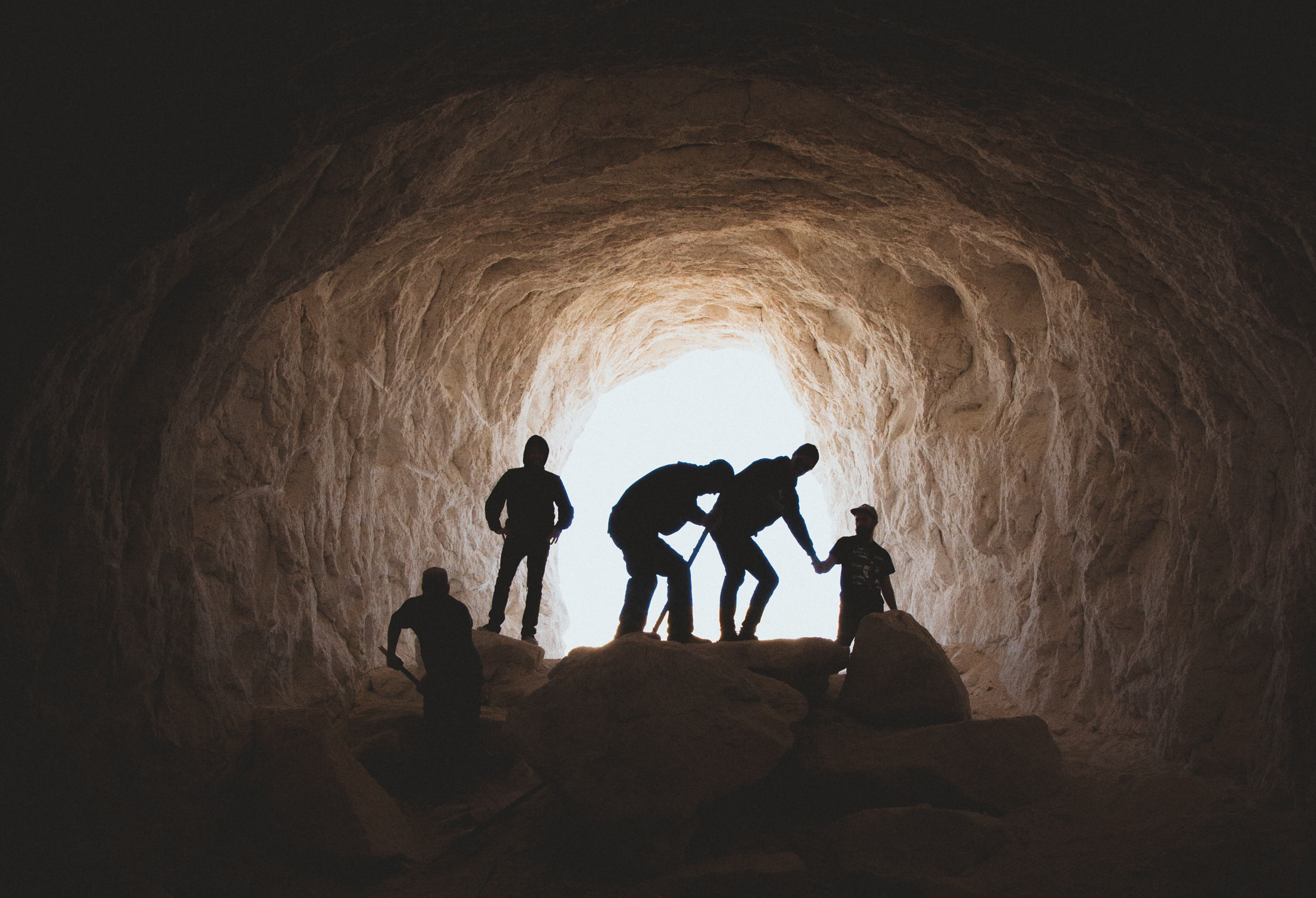There was a time when terms like “smart shunt” and “remote blaster” held no meaning at all in the mining industry. Today, these words are commonly heard at mining sites, in boardrooms, and in conference halls where industry leaders discuss the latest blasting techniques.
New terminology appears constantly in our industry, and it takes time to sort out what’s relevant from what’s not. For instance, we usually hear the word “blockchain” in reference to cryptocurrencies like Bitcoin and Ethereum; but the scope of blockchain technology goes far beyond that.
Blockchain actually has serious potential to improve transparency and accountability across many industries, including mining and METS. But to find out how, we need a simplified understanding of what blockchain technology is.
What is blockchain?
We’re talking about a digital ledger that is time-stamped, inalterable, and beyond the control of any one entity in the network. Each transaction in the ledger is called a ‘block’. Blocks are bound together by a cryptographic process known as ‘hashing,’ which involves the conversion of any set of inputs to a unique fixed-length output. Attempts to change one record in the ledger would require all of the other records to be changed simultaneously, which as far as we know is impossible. The transparency and security made possible by blockchain comes at a time when the world is fraught with cybersecurity concerns. That’s why billions of dollars are flowing into a multitude of potential applications.
Applications to the mining industry
The question is, how could blockchain technology be applied to the mining industry to achieve a more seamless production chain, eliminate drags on performance, and maybe even improve social license?
The Bangalore-based IT consultancy Wipro has published a paper on this topic. Mining.com has even more to say, detailing thirteen different areas in which resource companies “are using the blockchain.”
An example would be the reconciliation of ore quantities that are sent to processing plants. Before blockchain, this information would have to exist in, and be processed by, several different systems in the production chain (e.g. the databases of mining, transport, and manufacturing companies).
Now the information can exist in one place and be visible to everyone in the production chain, thereby eliminating questions around those particular inputs. Of course, the values themselves have to be consistent and accurate – but the nature of blockchain is such that bad inputs are visible to everyone, and are therefore rooted out. This is why major financial institutions are reticent to embrace blockchain technology completely. The level of accountability is scary for organisations that would rather keep certain things out of view.
But for the mining industry in 2020s, accountability is a valuable currency. Not only does it feed into social license, it feeds into more efficient operations in which errors, deceptions, and pressure points are clearly identifiable. The various entities involved in the extraction, processing, shipping of ore – all the way to manufacturers of end-user products – can theoretically be a part of this transparency, with valuable social and economic effects.
IoT data processing, contract automation, lease management, cargo-hiring, inventories, regulatory compliance – these are just a few of the areas mining companies are looking at with respect to blockchain technology. The important thing to realise is that transparency and immutability are the real currency here.
Why does blockchain interest us?
One of the reasons why blockchain interests us here at Davey Bickford-Enaex is that digital blasting shares many of the same characteristics. A meticulous blast-design that makes use of cutting-edge hardware – such as the Daveytronic SP or UG – can relieve pressure at multiple points along the production chain, from excavation to circuit-crusher throughput. A good blast improves flow across the chain while reducing the time and materials involved.
In the mining industry, we hear a lot these days about systemic success. This is due in large part to the acceleration of technology, the rising awareness of environmental realities, and the millennium mining boom which exposed certain systemic weaknesses. Like digital blasting, this is something simple that could elevate performance throughout the system.







